Born 300 years ago this month, Agnesi was the first woman to write a mathematics textbook and to be appointed to a university chair in math.
- By Richard Gunderman, David Gunderman, The Conversation US on May 16, 2018
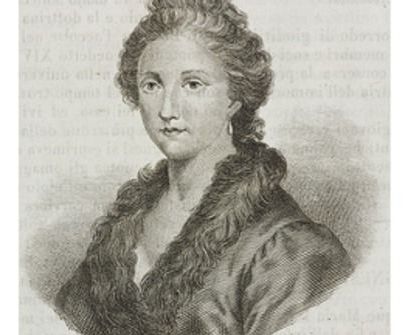
Born 300 years ago this month, Agnesi was the first woman to write a mathematics textbook and to be appointed to a university chair in math.
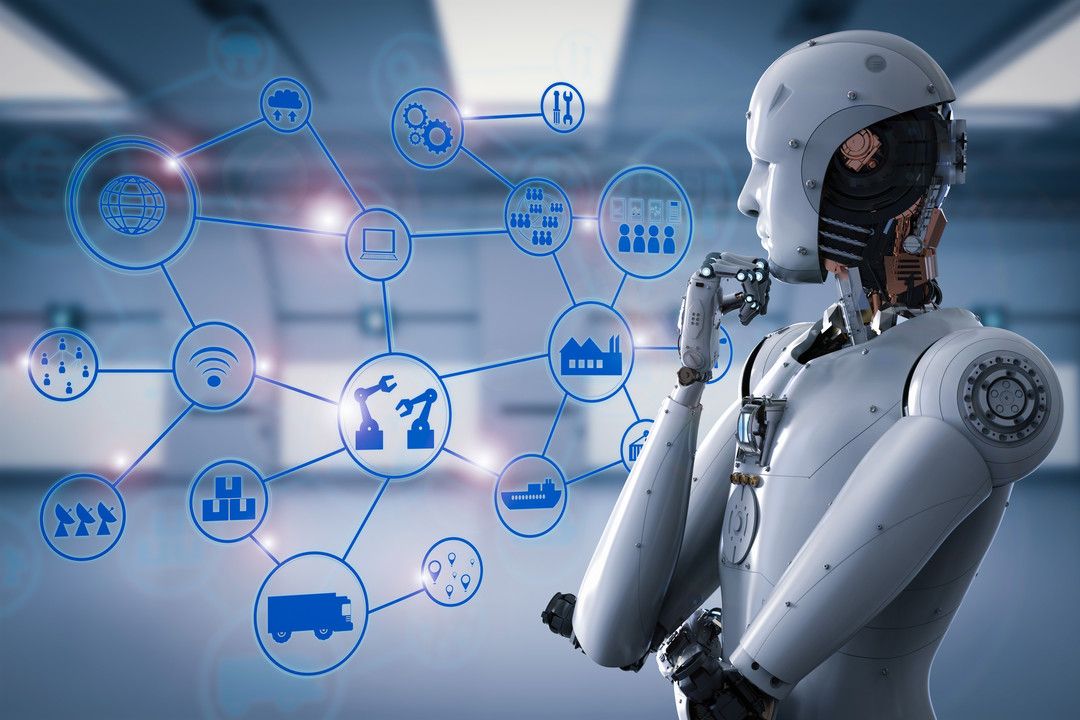
So much talk about AI and robots taking our jobs. Well, guess what, it’s already happening and the rate of change will only increase. I estimate that about 5% of jobs have been automated — both blue collar manufacturing jobs, as well as, this time, low-level white collar jobs — think back office, paralegals, etc. There’s a thing called RPA, or Robot Process Automation, which is hollowing out back office jobs at an alarming rate, using rules based algorithms and expert systems. This will rapidly change with the introduction of deep learning algorithms into these “robot automation” systems, making them intelligent, capable of making intuitive decisions and therefore replacing more highly skilled and creative jobs. So if we’re on an exponential curve, and we’ve managed to automate around 5% of jobs in the past six years, say, and the doubling is every two years, that means by 2030, almost all jobs will be automated. Remember, the exponential math means 1, 2, 4, 8, 16, 32, 64, 100%, with the doubling every two years.
We are definitely going to need a basic income to prevent people (doctors, lawyers, drivers, teachers, scientists, manufacturers, craftsmen) from going homeless once their jobs are automated away. This will need to be worked out at the government level — the sooner the better, because exponentials have a habit of creeping up on people and then surprising society with the intensity and rapidity of the disruptive change they bring. I’m confident that humanity can and will rise to the challenges ahead, and it is well to remember that economics is driven by technology, not the other way around. Education, as usual, is definitely the key to meeting these challenges head on and in a fully informed way. My only concern is when governments will actually start taking this situation seriously enough to start taking bold action. There certainly is no time like the present.


A new proof by SFI Professor David Wolpert sends a humbling message to would-be super intelligences: you can’t know everything all the time.
The proof starts by mathematically formalizing the way an “inference device,” say, a scientist armed with a supercomputer, fabulous experimental equipment, etc., can have knowledge about the state of the universe around them. Whether that scientist’s knowledge is acquired by observing their universe, controlling it, predicting what will happen next, or inferring what happened in the past, there’s a mathematical structure that restricts that knowledge. The key is that the inference device, their knowledge, and the physical variable that they (may) know something about, are all subsystems of the same universe. That coupling restricts what the device can know. In particular, Wolpert proves that there is always something that the inference device cannot predict, and something that they cannot remember, and something that they cannot observe.
“In some ways this formalism can be viewed as many different extensions of [Donald MacKay’s] statement that ‘a prediction concerning the narrator’s future cannot account for the effect of the narrator’s learning that prediction,’” Wolpert explains. “Perhaps the simplest extension is that, when we formalize [inference devices] mathematically, we notice that the same impossibility results that hold for predictions of the future—MacKay’s concern—also hold for memories of the past. Time is an arbitrary variable—it plays no role in terms of differing states of the universe.”

From tunneling through impenetrable barriers to being in two places at the same time, the quantum world of atoms and particles is famously bizarre. Yet the strange properties of quantum mechanics are not mathematical quirks—they are real effects that have been seen in laboratories over and over.
One of the most iconic features of quantum mechanics is “entanglement”—describing particles that are mysteriously linked regardless of how far away from each other they are. Now three independent European research groups have managed to entangle not just a pair of particles, but separated clouds of thousands of atoms. They’ve also found a way to harness their technological potential.
When particles are entangled they share properties in a way that makes them dependent on each other, even when they are separated by large distances. Einstein famously called entanglement “spooky action at a distance,” as altering one particle in an entangled pair affects its twin instantaneously—no matter how far away it is.
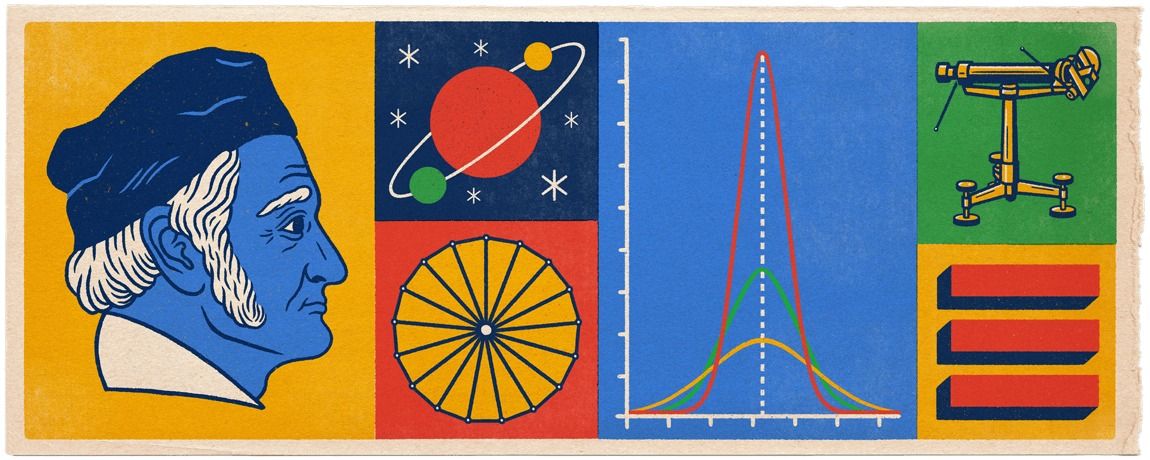
A German mathematician, physicist and astronomer, Johann Carl Friedrich Gauss rose from humble origins to become one of the world’s greatest minds.
Born in 1777 in Brunswick, then part of the Holy Roman Empire, Gauss was the only child of poor parents who had received little or no formal education. His mother was illiterate. But when Gauss started school at age seven, he was quickly recognized as a child prodigy who could solve complex math problems in his head.
While still a teenager, Gauss became the first person to prove the Law of Quadratic Reciprocity, a math theory to determine whether quadratic equations can be solved.
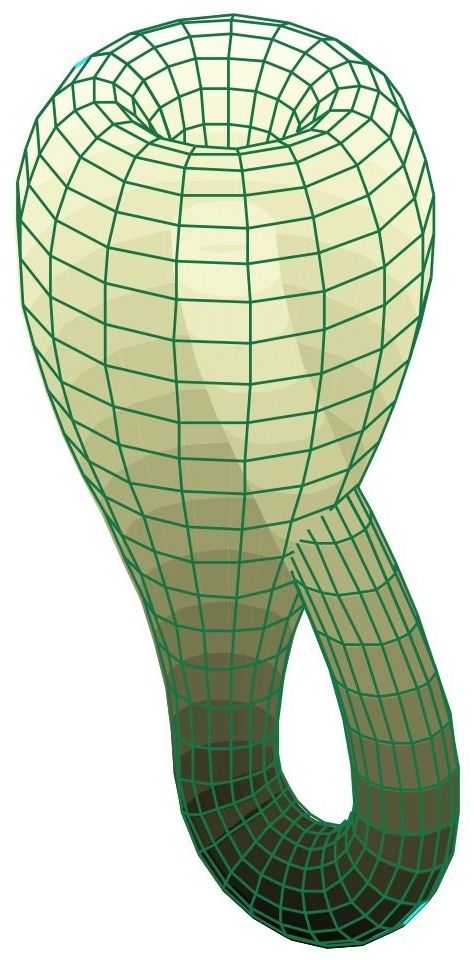
On April 25, 1849, German mathematician and mathematics educator Felix Klein was born. Klein is known for his work in group theory, complex analysis, non-Euclidean geometry, and on the connections between geometry and group theory. His 1872 Erlangen Program, classifying geometries by their underlying symmetry groups, was a hugely influential synthesis of much of the mathematics of the day. Klein also devised the Klein-bottle, a one-sided surface which, if traveled upon, could be followed back to the point of origin while flipping the traveler upside down.
A mathematician named Klein Thought the Möbius band was divine. Said he: “If you glue The edges of two, You’ll get a weird bottle like mine.” ( Leo Moser )
Felix Klein’s father was an old Prussian Protestant from Ennepetal in southern Westphalia. He was district administrator of the government’s main fund in Düsseldorf, while Klein’s mother came from industrial circles in Aachen. In the autumn of 1865 Felix Klein began studying mathematics and natural sciences at the University of Bonn. Klein studied in Bonn with Rudolf Lipschitz and Julius Plücker, whose assistant he became. After Plucker’s death Alfred Clebsch took over the publication of his unfinished work and transferred this work to the talented Klein received his doctorate in 1868 from Plücker with a topic from geometry applied to mechanics. In 1869 he went to Berlin University and listened to a lecture by Leopold Kronecker on square forms.[5] He took part in the mathematical seminars of Ernst Eduard Kummer and Karl Weierstrass, where he also met Sophus Lie, with whom he went to Paris for a study visit in 1870 and was a friend.

From tunneling through impenetrable barriers to being in two places at the same time, the quantum world of atoms and particles is famously bizarre. Yet the strange properties of quantum mechanics are not mathematical quirks—they are real effects that have been seen in laboratories over and over.
One of the most iconic features of quantum mechanics is “entanglement”—describing particles that are mysteriously linked regardless of how far away from each other they are. Now three independent European research groups have managed to entangle not just a pair of particles, but separated clouds of thousands of atoms. They’ve also found a way to harness their technological potential.
When particles are entangled they share properties in a way that makes them dependent on each other, even when they are separated by large distances. Einstein famously called entanglement “spooky action at a distance,” as altering one particle in an entangled pair affects its twin instantaneously—no matter how far away it is.
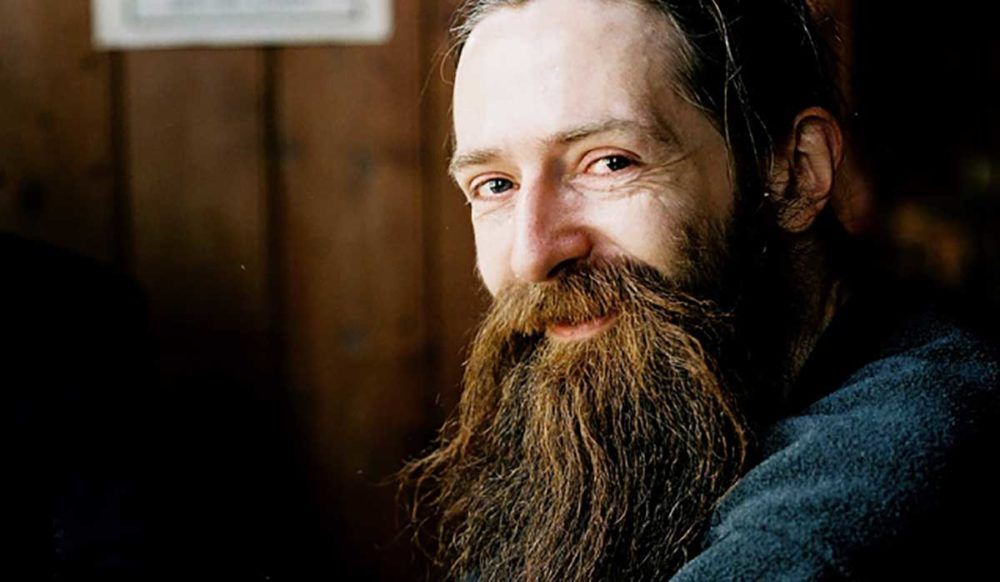
Happy birthday to dr. aubrey de grey bigsmile
How many biologists does it take to make nontrivial progress on an unsolved mathematical problem for the first time in nearly 70 years? The answer is one, at least if the biologist is Dr. Aubrey de Grey, the pioneer of the repair approach to aging.
Yes, you read that right. Today, in occasion of Dr. de Grey’s birthday, we’ve decided to take a short break from biology and rejuvenation to tell our readers about the recent scientific achievement of one of the world’s most famous biogerontologists—unexpectedly, but pleasantly so, in the field of mathematics.
The chromatic number of the plane
Don’t worry if mathematics is not really your thing; we’ll keep it simple. Imagine that you have an infinitely large plane, where all points located at distance 1 from one another are connected by a straight line; any number of so-connected points, finitely or infinitely many, is called a graph. Further suppose that, for some reason, you wanted to color each point in such a fashion that no two connected points have the same color. How many different colors would you need to do this for the entire plane?

Scientists from Wake Forest Baptist Medical Center partnered with researchers from the University of Southern California to develop an innovative procedure to give hope to people struggling with remembering important information. A new implant uses a person’s own memory patterns in order to boost the brain’s natural ability to encode those memories and recall them quickly. There has been a reported 35 to 37 % increase in short-term memory performance.
“This is the first time scientists have been able to identify a patient’s own brain cell code or pattern for memory and, in essence, ‘write in’ that code to make existing memory work better, an important first step in potentially restoring memory loss,” said the study’s lead author Robert Hampson, Ph.D., professor of physiology/pharmacology and neurology at Wake Forest Baptist.
Epilepsy patients from Wake Forest Baptist were surgically implanted with electrodes in the various parts of their brains. The electronic prosthetic system is based on a multi-input-multi-output (or MIMO) mathematical model to influence the patterns of neurons firing within the hippocampus.